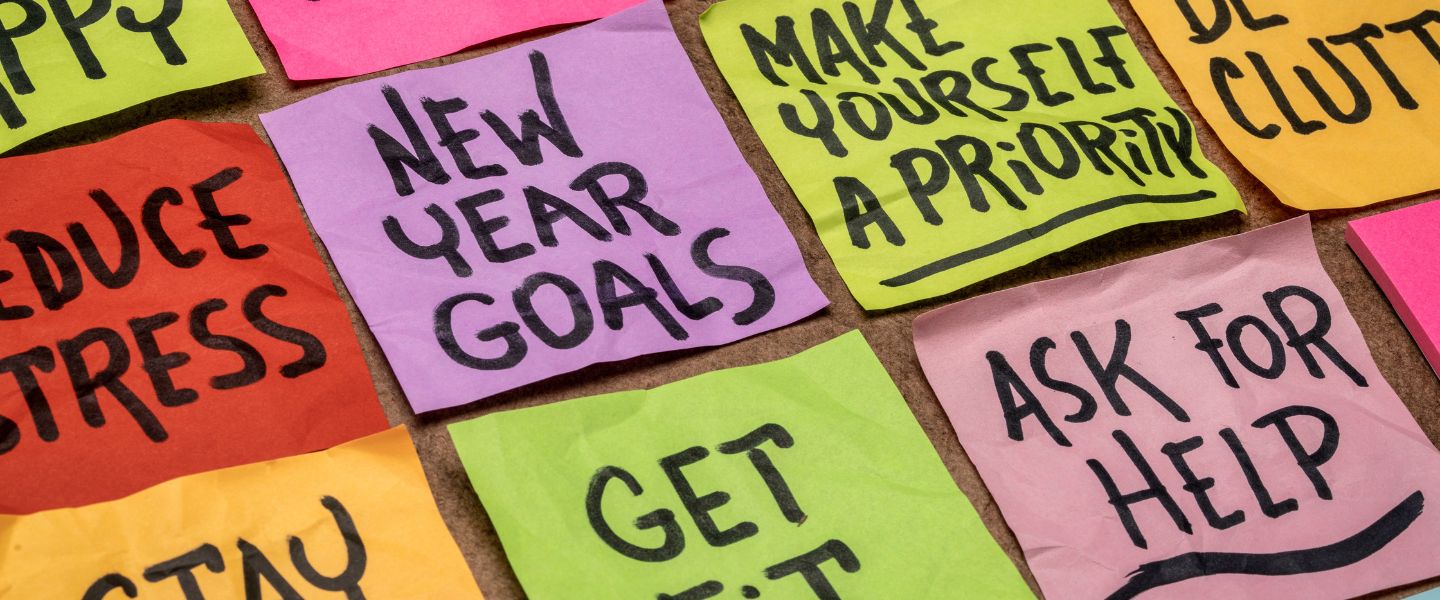The seven steps to being a better ally that all leaders can take right now

As the conversation surrounding Equity, Inclusion & Diversity progresses in many organizations, the role that allyship and advocacy plays is becoming increasingly important. How can leaders throughout the organization become allies and advocates, set the right examples, and empower a culture that can support change?
In a webinar and panel discussion “What will you stand for? Enabling organizational change through Allies and Advocates”, Alyson Meister, IMD Professor of Leadership and Organization Behavior, and Josefine van Zanten, IMD’s Senior Advisor, Equity, Inclusion & Diversity, addressed the important role of allyship as it relates to EI&D journeys in organizations.
Three leaders from global organizations made up the panel of experts: Heather Warren, Global Marketing Director, Worley; Melissa Whiting, Global Head, Inclusion & Diversity, PMI; and Rachel Anna Osikoya, Head of Diversity and Inclusion, Maersk Group. Their lively discussion focused on how to make the workplace more diverse, equitable and inclusive, with suggestions on how to support and facilitate leaders – and their teams – in this journey.
Here are the seven steps that all five experts agree you as a leader can take now to be a better ally in the DE&I arena:
1. Understand what EI&D is exactly
Equality, inclusion and diversity are each distinctive yet complementary areas that together encompass the goal of a more welcoming and fair and just workplace – and society.
According to van Zanten, equality involves the human and moral aspect of what to do, while inclusion is about behavior that fosters safety and courage: “As we evolve in the EI&D space, there is the business case on the one hand and the moral imperative on the other. We are evolving to a more balanced approach.”
2. Engage sponsors and mentors
“Find someone who believes in you,” said Warren, “a mentor or a coach who supports you and encourages you.”
For some, this can be personal support for managing how inequality affects their lives, or having senior leaders in organizations take an active role in their progression. For others it can be adopting a role model or mentor that embodies and demonstrates the EI&D actions and mindsets they wish to take.
3. Burst your own bubble
Seeing and acknowledging your own privilege, or how privilege has influenced your life outcomes, is a difficult yet vital step along the EI&D journey that will allow you to support and uplift others. We all have an individual role to play in the quest for an equitable world, whether you are a white man, a woman of color or a disabled person.
“Get out of your bubble and understand the world we live in,” suggested Whiting. “Recognize there is inequity and inequality in the world.”
4. Learn, learn more, and keep learning
Taking time to educate yourself on the history and background in your country, community and corporation is essential.
“There is an idea of discomfort and often the fear of saying the wrong thing,” said Warren. “The more you learn, the more comfortable you’ll be talking about it.”
Said Osikoya: “Do your own research. It’s up to you to find out what research is best for you.”
5. Be an active ally
Looking back to when allyship was first used in the EI&D space, it referred to merely agreeing with certain principles. “Now allies must take a stand,” said Whiting. “True allies realize the fate the future is bound up in the state of others.”
Providing a voice for people who don’t have a voice in the room is part and parcel of being an active ally. This idea of purposeful action took a mainstream role this year with worldwide protests against police brutality and racially motivated attacks.
“The Black Lives Matter movement is an example of active allyship,” said Osikoya. “Think about what you are saying and what it actually means…being uncomfortable is the first step.”
6. If you see something, say something
As the saying goes, “Saying nothing is saying something”. Taking action to confront inappropriate behaviour in the workplace is ideal yet can be tricky; depending on the situation and colleagues involved, it may require you to wait and discuss the problem afterward. Don’t expect someone else to blow the whistle, said the experts, reminding leaders to use role modelling and take appropriate action.
“The most important aspect is to have a foundation in the workplace of what is acceptable and what is not,” said Whiting, encouraging leaders to equip their teams with the tools they need to succeed in this area.
7. Put your money where your mouth is
Finally, organizations should put resources into allyship sessions that touch on race and other topics to create a better, more equitable approach to talent.
Remember that what you say influences others, and what you do shapes their behavior. By continuously striving for progress personally and professionally, you can ensure DE&I becomes an integral part of your workplace structure and not just an acronym du jour.
“Be an upstander,” said Osikoya. “Speak up, be aware and take an interest in what is happening and what can be done.”
Said Meister: “We need to keep the conversation happening globally as we conclude a difficult 2020 and move into 2021 with a new era of hope and change.”
Research Information & Knowledge Hub for additional information on IMD publications
in I by IMD
Research Information & Knowledge Hub for additional information on IMD publications
Research Information & Knowledge Hub for additional information on IMD publications
in I by IMD
Research Information & Knowledge Hub for additional information on IMD publications
in I by IMD
Research Information & Knowledge Hub for additional information on IMD publications
in I by IMD Brain Circuits 7 January 2026
Research Information & Knowledge Hub for additional information on IMD publications
in I by IMD
Research Information & Knowledge Hub for additional information on IMD publications
Research Information & Knowledge Hub for additional information on IMD publications
Research Information & Knowledge Hub for additional information on IMD publications
Research Information & Knowledge Hub for additional information on IMD publications
Research Information & Knowledge Hub for additional information on IMD publications












